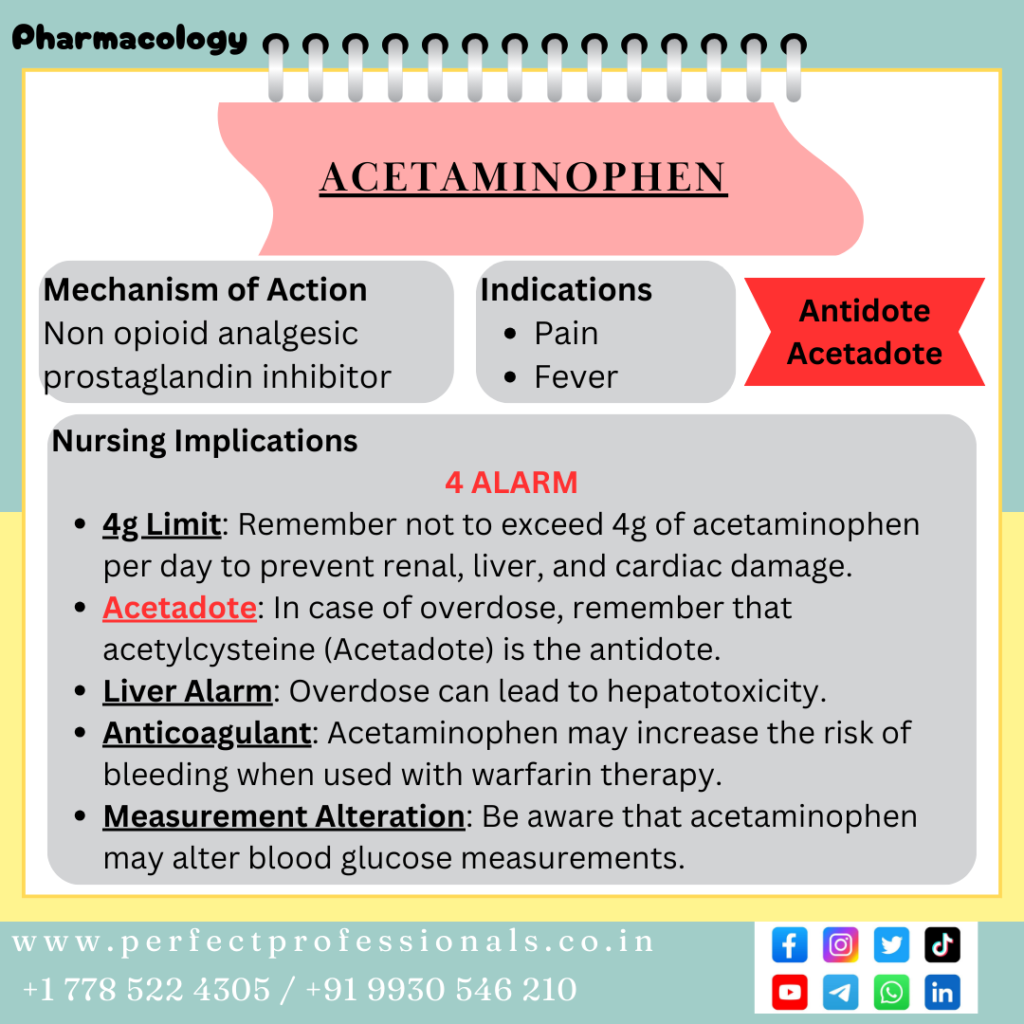Drug Dose Calculations Challenge 1
Drug dose calculation is a crucial component of nursing education and the NCLEX exam. Mastery of this area ensures accurate medication administration and patient safety.
Drug Dose Calculations Challenge 1

Drug Dose Calculation Quiz 1
NCLEX Exam Prep Questions

Check NCLEX Practice Questions with Answers on www.completenursingsolution.in
Drug Dose Calculations Challenge 1
Daily NXLEX RN practice questions free of cost
Discover more from Complete Nursing Solution
Subscribe to get the latest posts sent to your email.


Reliable local cleaning, understands our brownstone perfectly. Telling all our Brooklyn friends. Thanks neighbors.
Dry Cleaning in New York city by Sparkly Maid NYC